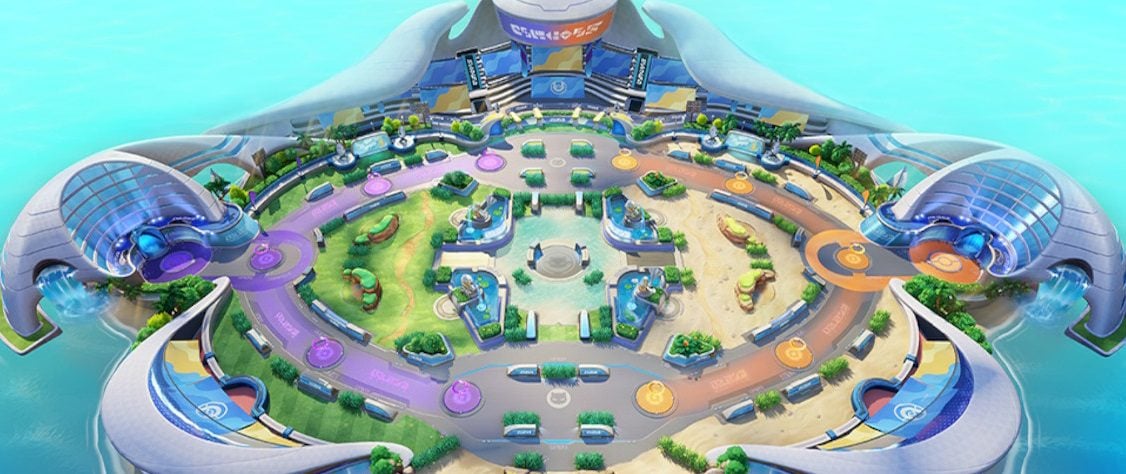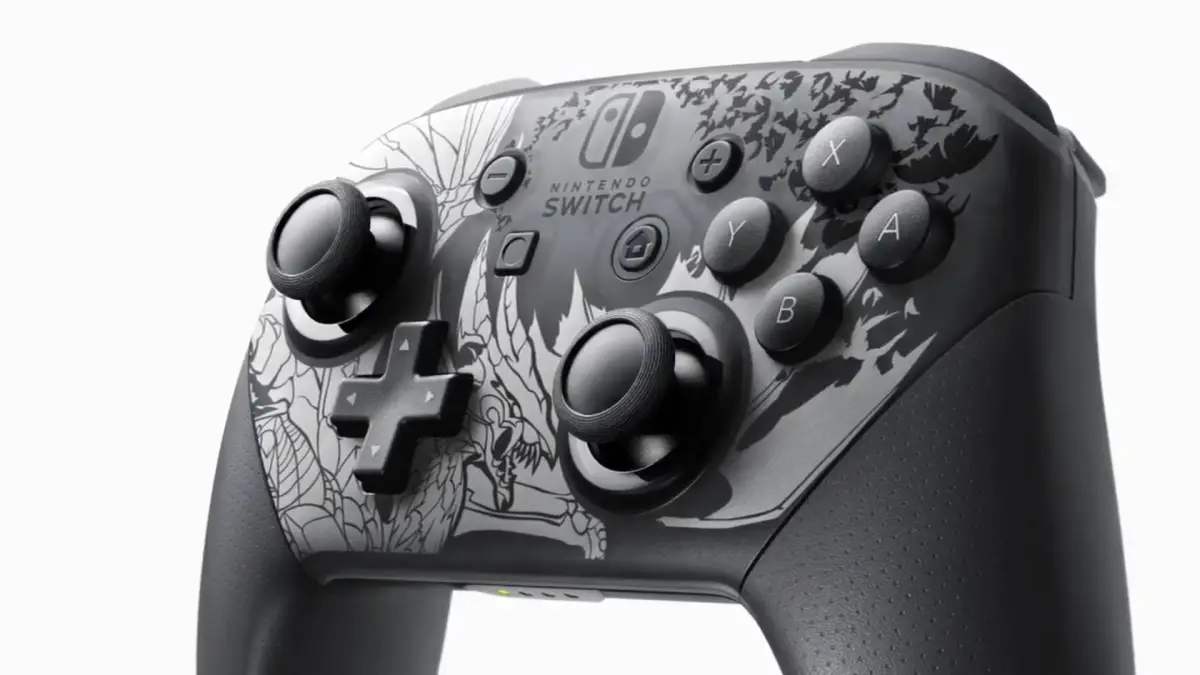More content at launch would have been ideal
After a morning with Pokemon Unite, it’s very clear where it has room for improvement. A Pokemon MOBA would have hit the spot around a decade ago, but for many, it clearly feels like a late effort in 2021. I’m torn. I’m always down to clown with a MOBA, despite the disdain the genre causes to some for its mere existence, but not necessarily from Tencent.
There’s a few issues that could stand to be ironed out soonish and eventually, and I hope they are because the foundation of Unite is fairly sound.

Pokemon Unite (Android, iOS, Switch [reviewed])
Developer: TiMi Studio Group
Publisher: Nintendo / The Pokemon Company
Released: July 21, 2021 (Switch) / TBA (mobile)
MSRP: Free-to-play (with microtransactions)
Our tale begins on Aeos Island, where a force conveniently named Aeos energy is gathered in high concentration. Phorus, a professor of sorts that appears in a very light lore intro, informs us that Unite Battles (that’s us!) of the 5v5 variety harness this energy, which is good for whatever reason. Thus, Pokemon Unite was born.
Think of it like a basketball/soccer hybrid of sorts with killing. You collect energy by taking out neutral creeps (AI) and enemy players (which drop Aeos after death), which you’ll use to score (dunk, really) into opposing goals while defending your own. There are nuances (which I’ll get into with the eventual full review), but that’s basically the gist of how every Unite round works. Teams of five duke it out, try and amass as much Aeos as possible, dunk it, then the team with the highest score at the end of the round wins.
In other words, these aren’t hour-plus MOBA slogs: they’re cut off at a hard 10 minutes. You’ll get acquainted with all this through a surprisingly refreshing and breezy 15-minute-in-total tutorial (that’s with all the optional trimmings), which goes over the basics of combat and scoring. Pokemon can spam basic attacks with A, all of which have their own cadence and are prone to stutter stepping techniques (moving and juking to the timing of each auto-attack), common in many MOBAs.
Creatures also sport two abilities (tied to R/triggers), and an ultimate/super that’s gifted upon leveling up. Cleverly, leveling not only grants you new or upgraded skills, but it’s also tied to a fun evolution mechanic, where you’ll generally start off as the first stage of a character (Charmander) then gradually shift into your final form (Charizard). The simplistic leveling system fits the MOBA genre and the Pokemon series perfectly, and it wouldn’t surprise me if that was the entire initial pitch.
MOBA archetypes are also alive and well and are facilitated through specific characters. Pikachu is ranged (which is mostly shown via distanced shock basic attacks), Charizard is a melee character, there are speedsters for chasing down kills or going for stealthy goals, beefy creatures that can take a hit and tank/peel for their team, and so on. There’s enough room here to allow Unite‘s own little meta to grow, as players discover the best strategies for taking down neutral camps, lane meta, and crowd control that will enable big team combos. It’s not overly exciting (especially mob combat), but I’m generally enjoying myself when I’m actually fighting people.
To aim skillshots (some of which are line abilities, or area-of-effect bursts) you’ll trigger them, then use the right analog stick to aim. With a goal of keeping a steady framerate of 60 FPS (an FPS counter is on screen), it plays out far smoother than I expected it to based on the choppy footage and grainy screens we’ve been given so far. In fact the entire game looks very clean, as does the helpful UI.
As I said before, my initial impressions of the framework have been positive. Where Pokemon Unite starts to falter is content and an adherence to rigid progression. Right now there seems to just be one map on offer in the modes you’ll be playing most of the time (ranked/standard), and a handful of characters that are free-to-play on rotation. The game is very meager in what it offers you upfront, granting you access to one Pokemon of a small selection of “beginner” choices, gating the rest behind daily login bonuses, a level-up system, and of course, cold hard microtransactions. There’s also a free/paid track season pass with cosmetic rewards, which unlocks when you reach trainer level five.

I’m not worried purely about the microtransactions, so much as I am about the glacial pace of rewards for the free track. Outside of challenge rewards (which are limited), coins (the free currency) are capped at 2,100 per week. Pokemon range from 6,000 to 10,000 coins right now, so my first day has mostly consisted of mirror matches. If you want to pay up for characters they’re 460 gems (the premium currency) apiece, and it’s $8 for 490 gems (with a first-time double-gem bonus, Tencent strikes again with their “just a taste” strategy). There’s costumes too of course, for both your trainer and individual Pokemon.
This is most definitely going to be a test of will type situation over the next week or so, as I’m eager to get in more games and see how much currency I can earn as a dedicated free player. Who knows? Maybe things will improve a bit. In any case, the sole map and potential for more mirror matches with the same few characters could become grating real fast.
Pokemon Unite is fun enough so far when you’re actually in a round, especially as a practically instant free download with a non-obtrusive tutorial; but it feels like a progression wall is coming. I mean for me, it’s nearly here with the weekly gold cap. Stay tuned for our full review to see if Unite is worth sticking with.





Published: Jul 21, 2021 11:30 am